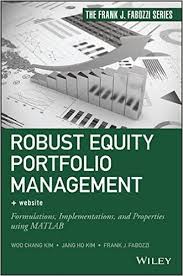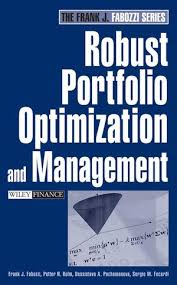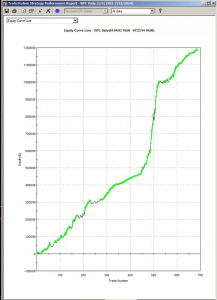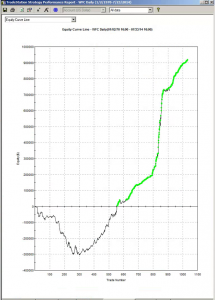Commentators have made the point that a high % win rate is not enough.
Yes, you obviously want to pay attention to other performance metrics also, such as profit factor. In fact, there is no reason why you shouldn’t consider an objective function that explicitly combines various desirable performance measures, for example:
net profit * % win rate * profit factor
Another approach is to build the model using a data set spanning a different period. I did this with WFC using data from 1990, rather than 1970. Not only was the performance from 1990-2014 better, so too was the performance during the OOS period 1970-1989. Profit factor was 2.49 and %Win rate was 70% across the 44 year period from 1970. For the period from 1990, the performance metrics increase to 3.04 and 73%, respectively.
So in this case, it appears, a most robust strategy resulted from using less data, rather than more. At first this appears counterintuitive. But it’s quite possible for a strategy to be over-condition on behavior that is no longer relevant to the market today. Eliminating such conditioning can sometimes enable strategies to emerge that have greater longevity.






